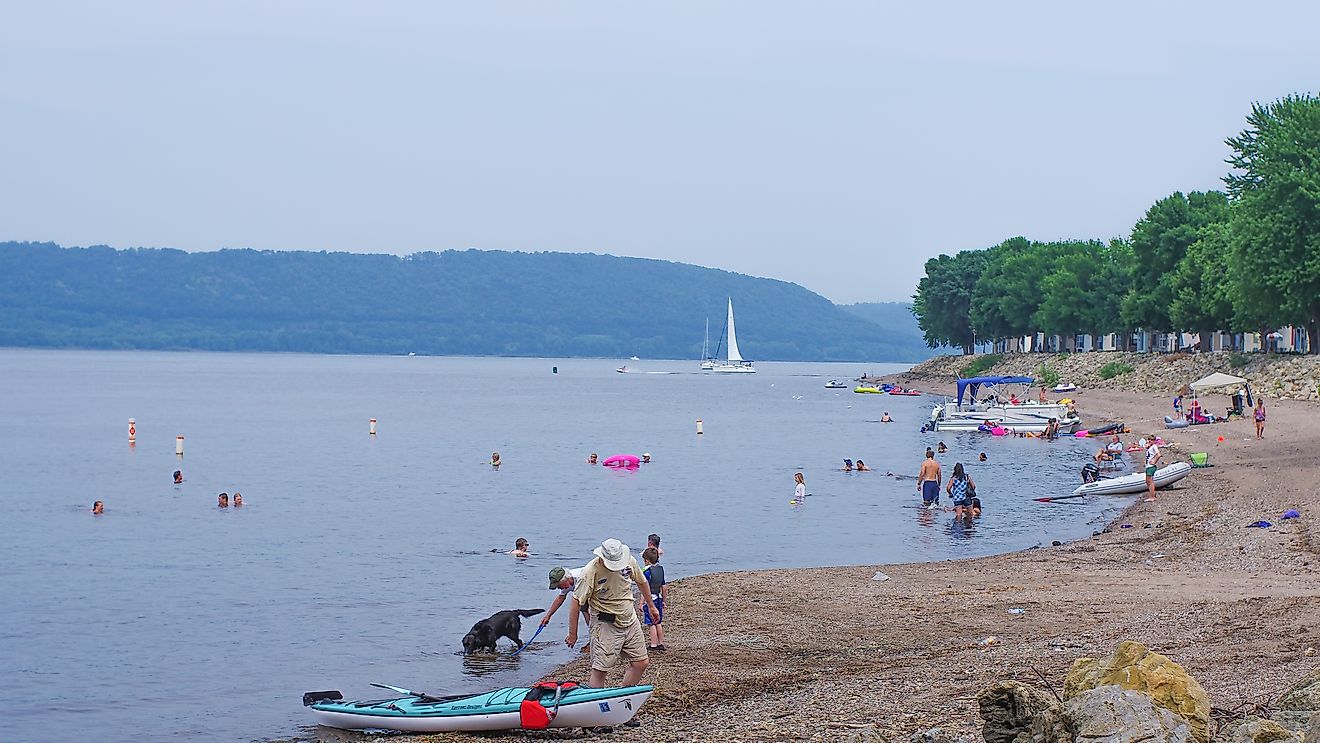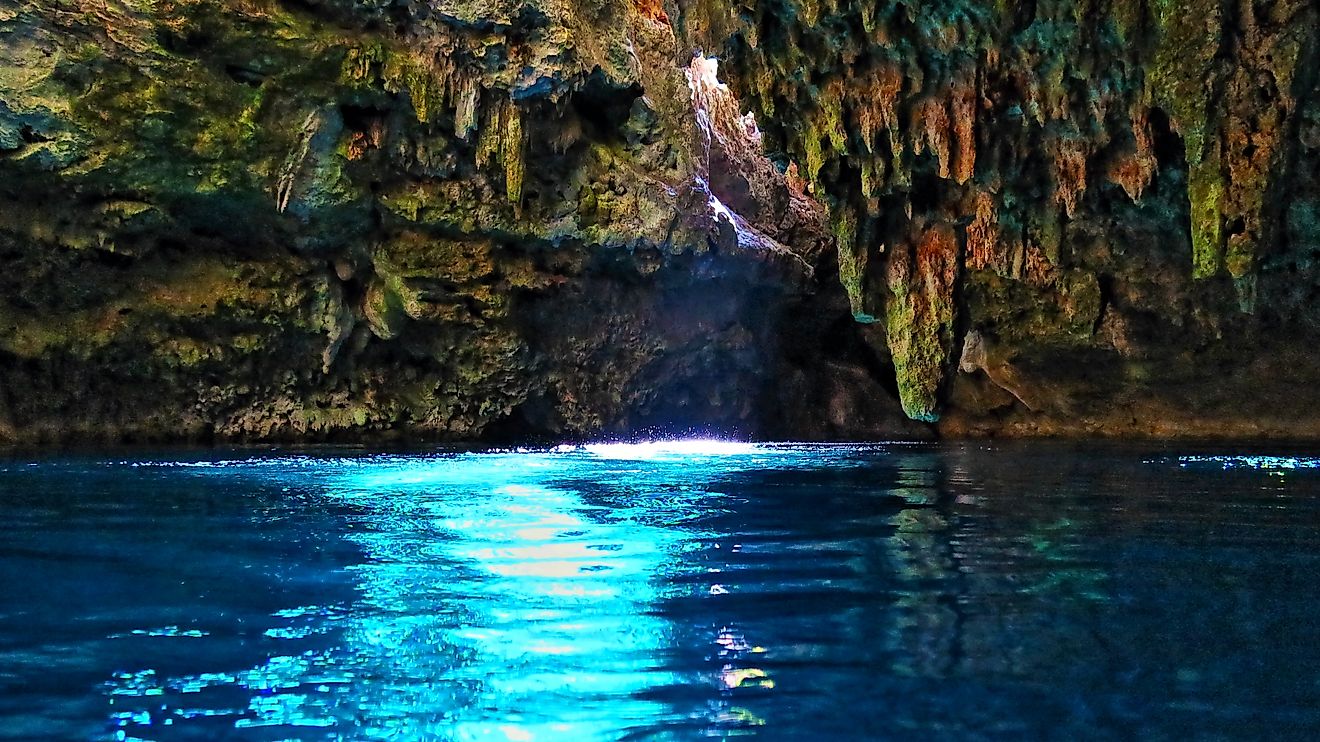
Gulf Of Carpentaria
The Gulf of Carpentaria is a shallow rectangular sea on the northern coast of Australia and an inlet of the eastern Arafura Sea (a Pacific Ocean sea separating New Guinea and Australia). The gulf is located between the Cape of York Peninsula and the Arnhem Land in the Northern Territory and covers an estimated 300,000 square kilometers. The gulf is considered an epicontinental sea (a shallow water body atop a continent). Neglected for years, the Gulf of Carpentaria gained international recognition in the 20th and 21st centuries following the discovery and exploitation of several mineral resources, including manganese and bauxite.
Location And Extent

The Gulf of Carpentaria is located in northern Australia, with a coastline on Queensland and Northern Territory. It occupies the area between Arnhem Land of the Gove Peninsula on the west and the Cape York Peninsula on the east. The gulf is separated from New Guinea Island on the north by the Pacific Ocean’s Arafura Sea and from the Coral Sea on the east by the Cape York Peninsula and the Torres Strait. The region on the southern coast is known as the Gulf Country. The gulf’s northern limit is defined as a line between Cape Arnhem (Arnhem Land’s easternmost point) and Slade Point (Cape York Peninsula’s northwestern corner).
Geography And Geology
The Gulf of Carpentaria is a shallow rectangular sea covering an area of 300,000 square kilometers. The gulf is 590 kilometers wide at the mouth and 675 kilometers wide near the southern coast. It is over 700 kilometers long from north to south and has a maximum depth of 82 meters, although the average depth varies between 55 and 66 meters.

There are several islands in the gulf, with Groote Eylandt, located 50 kilometers east of the Northern Territory, as the largest island. Besides the islands, the gulf also contains fringing reefs and coral colonies. At least 20 rivers empty into the gulf, including Roper, Wilton, Walker, Calvert, Flinders, McArthur, and Norman Rivers. The gulf region experience a hot and humid climate, with two annual seasons. The dry season runs from April to November, while the wet season lasts from December to March.
The gulf covers a continental shelf common to both New Guinea and Australia. The gulf floor is separated from that of the Coral Sea by a ridge running across the Torres Strait. The gulf floor is also separated from the Arafura Sea’s Banda Basin by another ridge extending from the Wessel Islands. The gradient of the gulf floor is low, with Queensland’s western plain sloping northwards into the gulf in a gentle fall. The shores of the Gulf of Carpentaria have layers of bauxite of about 10 meters in thickness, overlaid by sandstone beds, especially on Sir Edward Pellew and Wellesley islands.
History
Before the arrival of the European explorers, the region around the gulf was inhabited by several native Australians who mainly spoke Aboriginal languages like Yulluna and Kayardild. Dutch explorer, Willem Janszoon, was the first European to visit the region, exploring it during his 1605-1606 voyage. In 1623, another Dutch, Jan Carstensz, visited the region and named the gulf “Carpentaria” after Pieter de Carpentier, then Dutch East Indies Governor-General. The first Dutch explorers who visited the area between 1605 and 1628 mainly explored the eastern side, with Abel Tasman exploring the southern and western coast beginning 1644.











